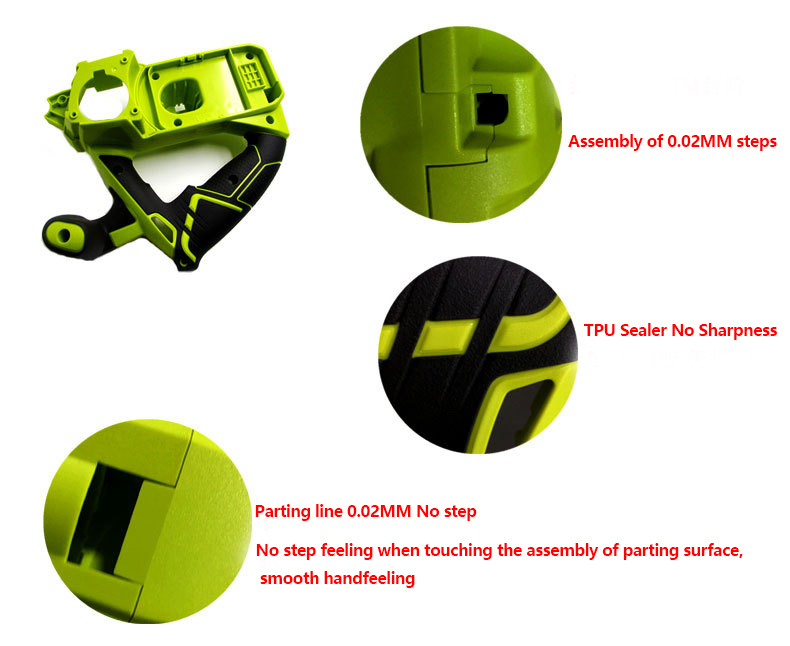Product Categories
Share With
Brand Name: DAYSTAR
Model Number: DS - 23116
Shaping Mode: Plastic injection molding
OEM/ODM: Acceptable
Package: Standard or per request
Inquiry NowThis product has two sets of two-color molds and three sets of plastic molds.
Sample delivery on the 30th day, mass production on the 46th day.

Daystarmold is a focus on the export of plastic molds, for this two-color molds we and customer drawings to determine the understanding of the mold and structural characteristics, we immediately start the production program, in the entire mold manufacturing process also encountered some problems, in the product assembly process, found that part of the area has a burr, as well as the assembly of the degree of cooperation with some of the more than the tolerance, due to the rich experience in manufacturing two-color molds, immediately on the mold structure, as well as the adjustment of injection parameters, the product optimization, the customer received the prototype was very satisfied with the product results. As we have rich experience in manufacturing two-color molds, we immediately adjusted the mold structure and injection parameters to optimize the product, and the customer was very satisfied with the product after receiving the sample.
| Brand Name | DAYSTAR |
| Model Number | DayStar Two-color molds for handheld power tools |
| OEM/ODM | Acceptable |
| Package | Standard or as your request |
| cycle time | 46 days. |
| Mold Size | 800mm*705mm*720mm |